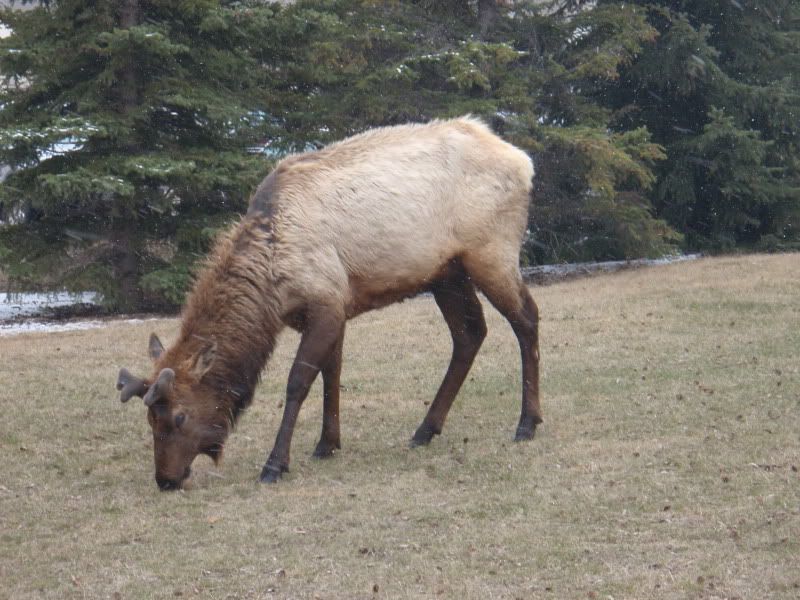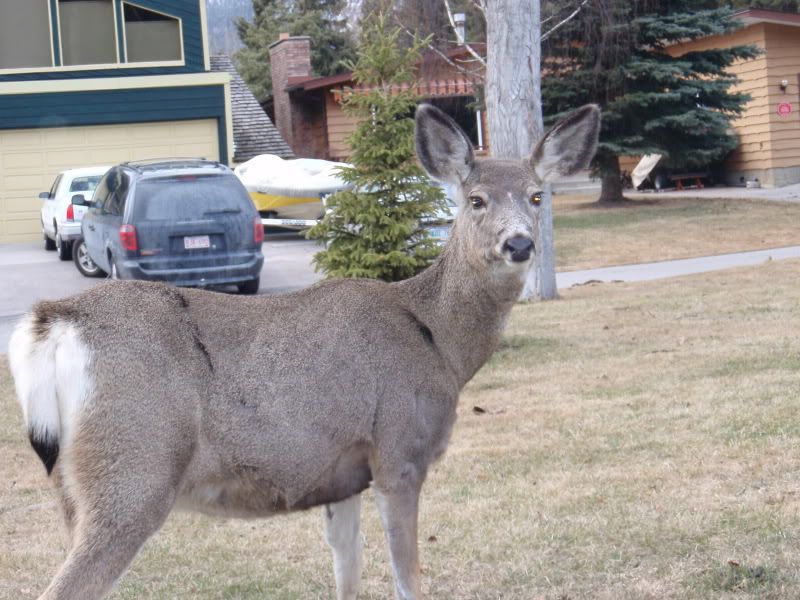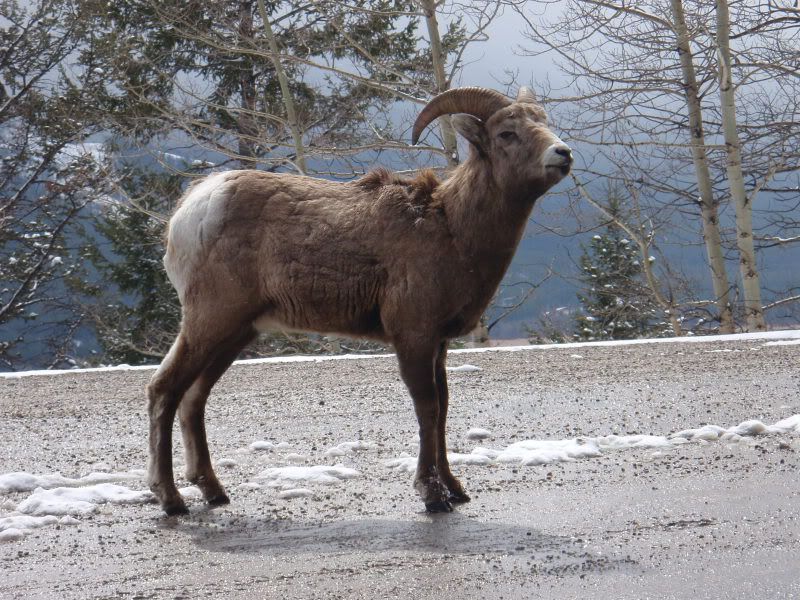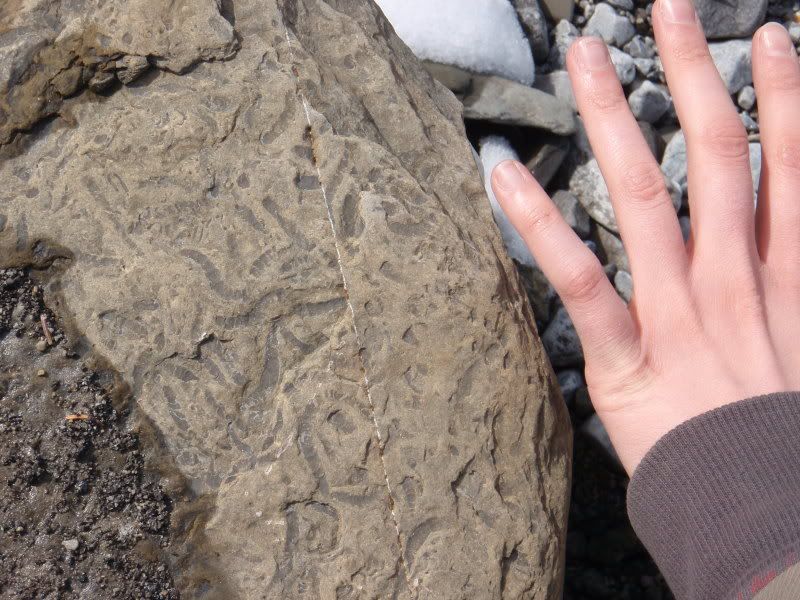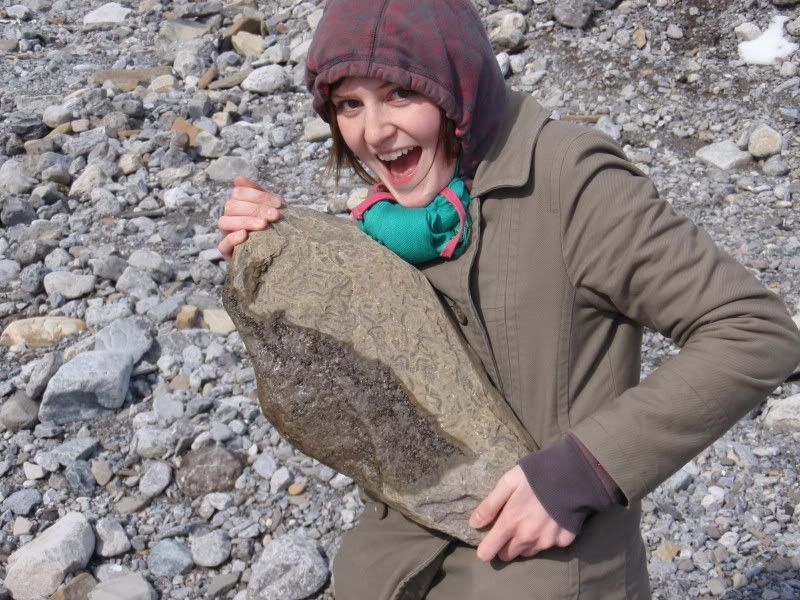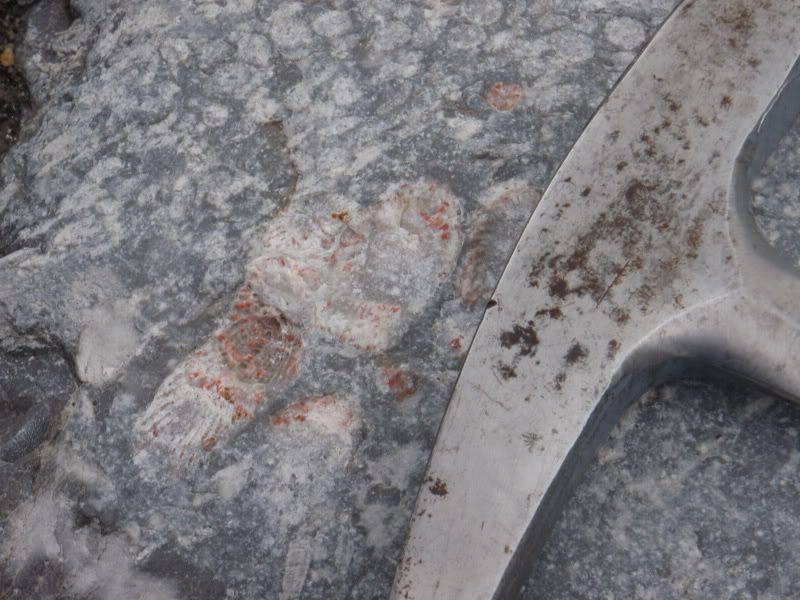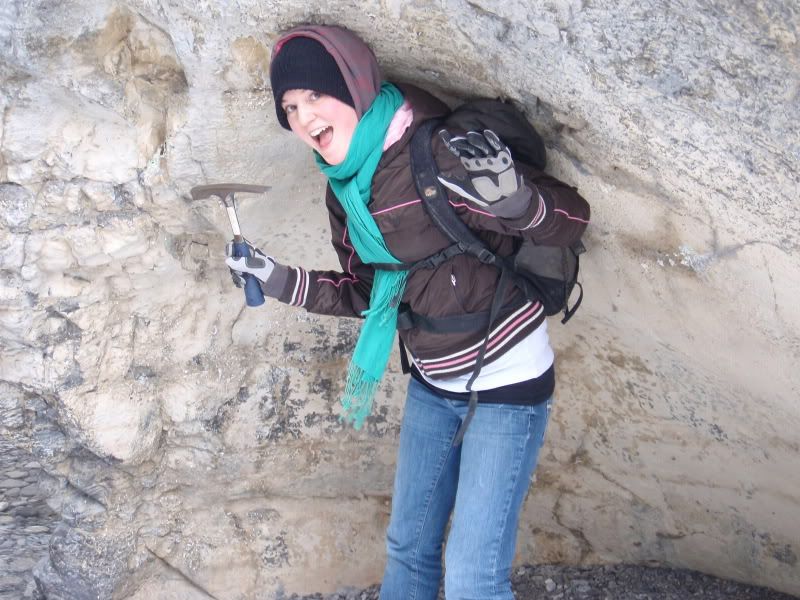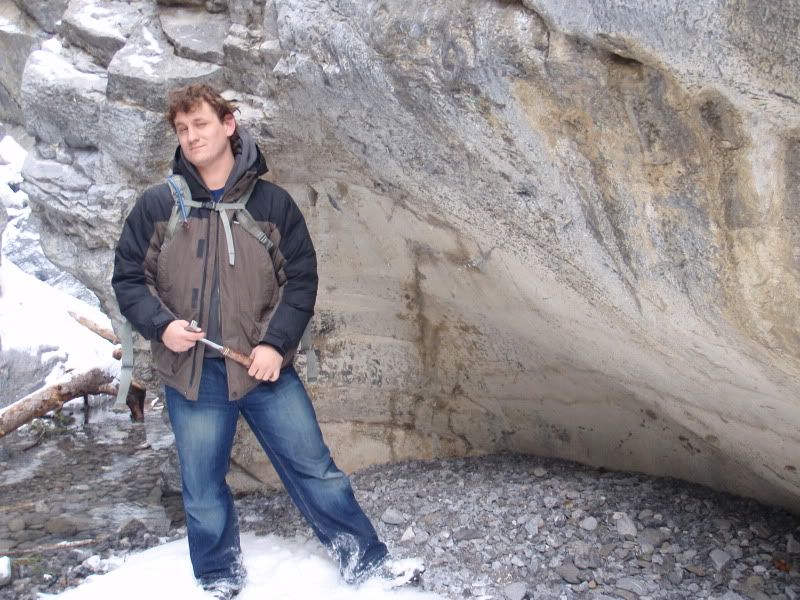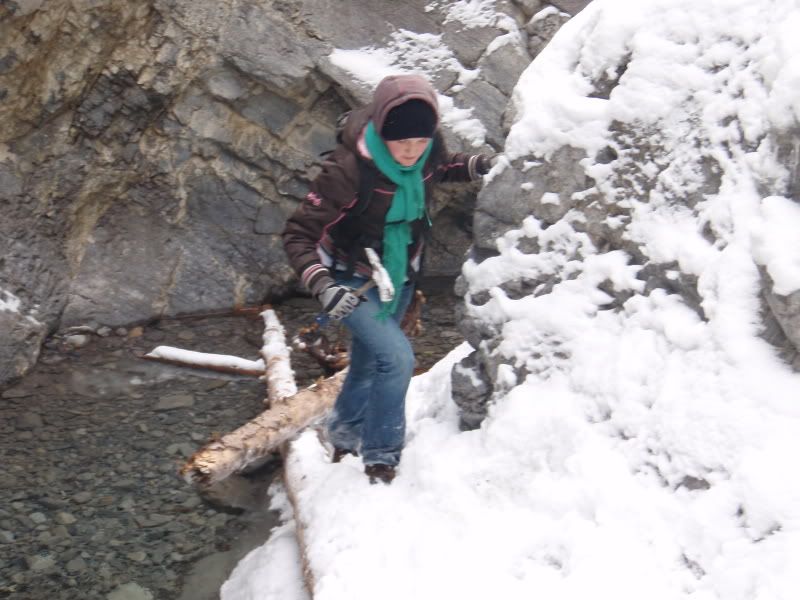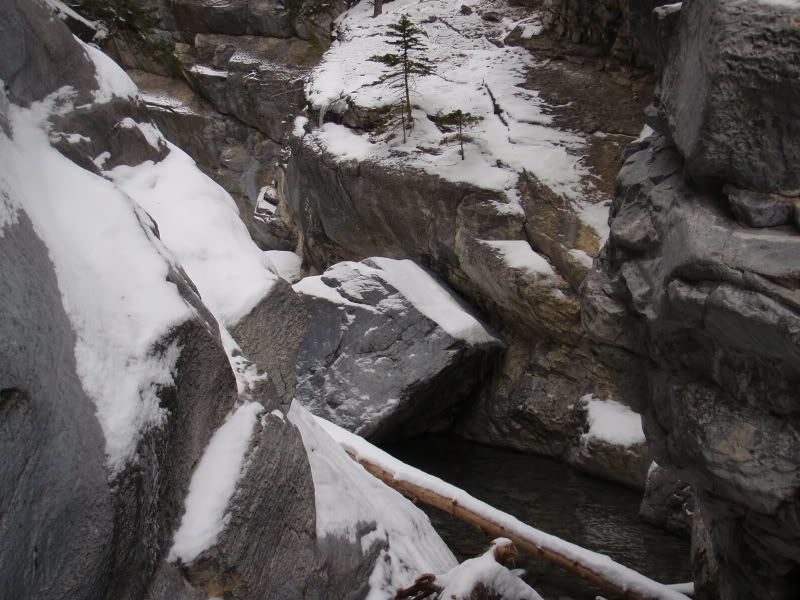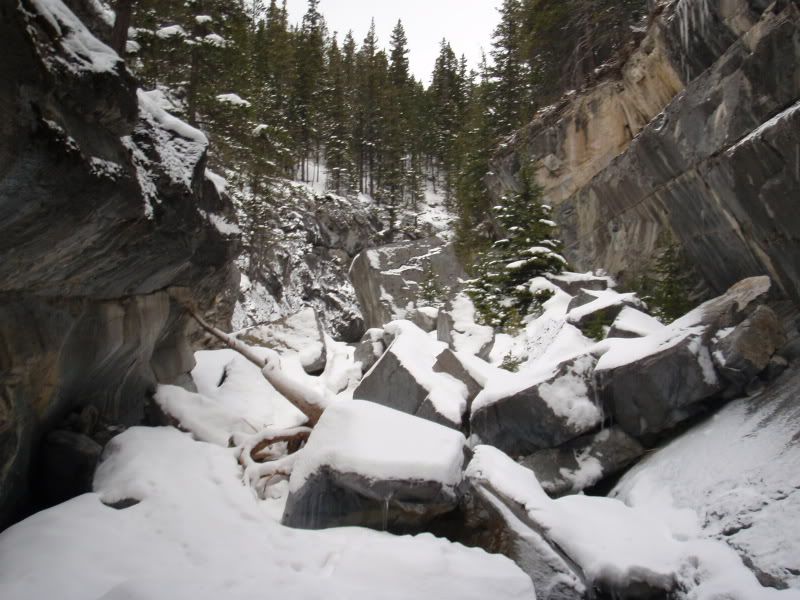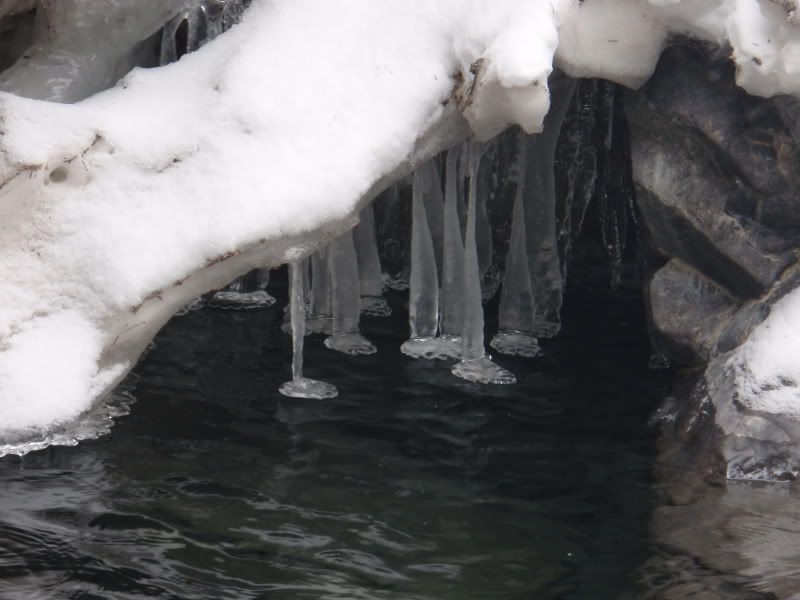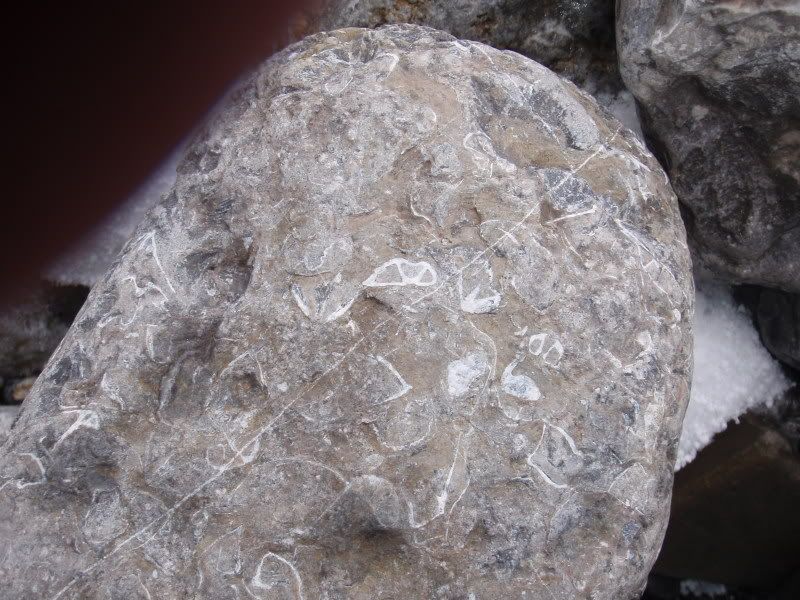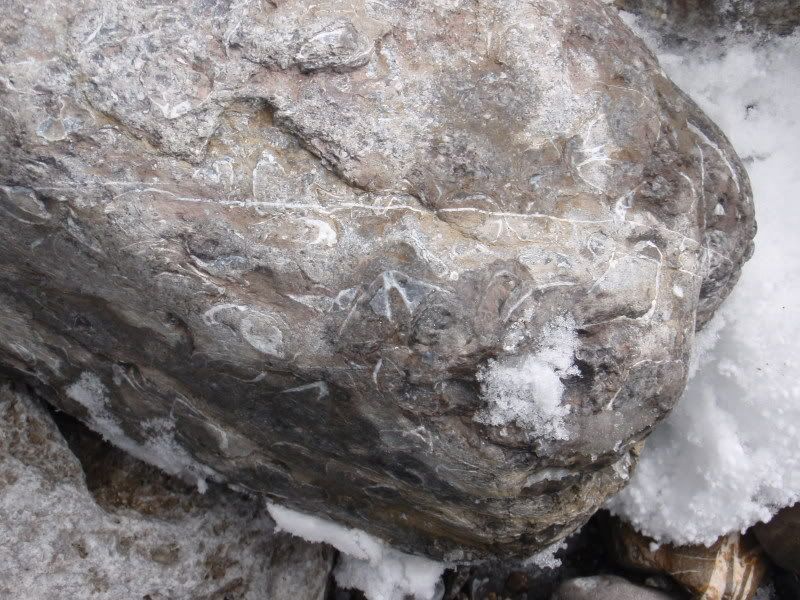and you really brought that on yourself...(it's a good thing)
lol. Could you elaborate on all that?
Though as for "going hard on me", I appreciate it, in that these are interesting subjects in which I'd like to learn more. I was simply a little surprised with your attack on the article, as I don't really see a line between that any most other areas of research in regards to paleontology (and also because, like I said, I personally found it interesting). I took a few days break from posting simply because I didn't see it getting anywhere, and felt to lazy to type up a responce. Now, however, that there is school the following day for which I have a good deal of work due that hasn't been done yet, I was desperate for something else to do so I can procrastinate further.
Yeah my source of information for mustelid skeletons comes from my senior level mammology class I took in university.
[picture removed; stretched page]
yeah your commonplace mustelid is pretty fucked up
Okay, when it comes to overall morphology (bones) I guess this may be true. Many are very long bodied and narrow, so that they may pursue burrowing animals (while remaining significantly larger then them). This also calls for a very flexible spine, relatively short legs, and overall many other features that aren't typical of other carnivores.
Included among these is also an extremely fast metabolism (as the long body exasperates the issue of having a high surface area to body mass ratio that small animals have). This influences there behavior.
I was curious, because on the forums I often discuss things on, some people are a member of a "cult" of mustilidae somehow being superior to all other families in physical ability. That got me very curious when it was mentioned that their skeletons are very different (something I haven't heard explicitly stated before).
When it comes to mechanical advantage, they would face the exact same trade offs as other animals, were the same things are more or less efficient based off of life style, leading to their general similarity in this regard (which doesn't impact overall morphology).
The fossorial badgers having relatively long olecranons for digging just like other diggers, and the non digging ones also having generally similar features.
When cats tackle large prey, especially prey larger than themselves, they often do it by mauling them and overpowering them, similar to a bear.
Modern cats?
I do not believe this is the case.
Youtube video of a grizzly predating on a larger caribou
In the video, you can see the grizzly physically wrestling and overpowering the caribou (which did not run away; otherwise the bear probably would have been to slow to capture it..perhaps the caribou was injured, as I've hard suggested, and thus wasn't able to run). The felines have more flexible spines (as the article I posted states) and thus would have been able to run and accelerate quickly enough to capture a running animal (better then bears, which for this reason don't make the best of predators typically of anything other then very young prey). They did however go extinct as slowe moving herbivores died out, suggesting that perhaps they couldn't run fast enough to prey on the remaining herbivores alive today.
Description of a grizzly preying on a muskox (an animal that would, again, be larger):
Muskox Bull Killed by
a
Barren-Ground Grizzly Bear,
Thelon Game Sanctuary,
INTRODUCTION
Muskoxen and barren-ground grizzly bears are relatively common along the banks of the Thelon River in the Thelon Game Sanctuary. In June 1981 we were flying a helicopter search of the Thelon River area during a study of water crossings used by barren-ground caribou (Rangifer tarandus groenlandicus). In the early afternoon of 23 June we were flying eastward when we spotted a grizzly bear standing on its hind legs among willow (Sulix spp.) bushes in a clearing surrounded by black spruce (Picea mariana) on the north shore. As there were two gulls (Larus spp.) in attendance, indicating the possibility of a kill, we circled closer and could then see a dead muskox on the ground near the bear. The grizzly bear alternately reared up and dropped onto all fours as we came close and when the helicopter was about 100-150 m away, the bear galloped away.
We landed near the carcass of an adult muskox bull lying on its left side. The carcass was intact except for some exposed flesh and head wounds. The nose was tom away and the nasal turbinal bones were crushed and the cartilage torn. The right ear was split and torn away at the base where there was a penetrating wound into the skull. Traumatized
http://pubs.aina.ucalgary.ca/arctic/Arctic35-4-545.pdfareas were hemorrhagic, indicating that the wounds were inflicted on a living animal. The hide and musculature had been removed in the lumbar and thoracic areas, exposing the vertebrae and the right scapula. The internal organs were still intact and warm to touch. Subsequent histological examination of the dental annuli of a first incisor indicated that the muskox bull was 9-10 years old.
The greening sedges (Carex spp.) immediately around the carcass were trampled and we backtracked along a disturbed path to a heavily trampled area of 5 m in diameter about 15 m away. The willow bushes peripheral to that trampled area were flecked with blood clots and clumps of blood-stained muskox wool.
The ground cover was beaten down and the ground surface disturbed in many places with footprints pushed 10-15 cm or more into wet soil. We suggest that the grizzly bear surprised the muskox bull while it was grazing on sedge (indicated by rumen contents). The bear most likely grabbed the bull above the muzzle. In response, the bull must have braced its front legs and tried to dislodge the bear, suggested by front-foot hoof prints driven deep (15 cm) into the churned-up ground. Either the bull collapsed or the bear swung him off balance. At that point, the bear probably transferred its bite to just below the back of the bull’s horn boss. After making the kill, the bear dragged the carcass to where we found it, and had begun feeding when we interrupted. We returned about 48 hours later and found a light grey wolf (Canis lupus) and a grizzly bear whose colouring suggested it was not the bear that had made the kill. The carcass was dismembered and had settled into the wet ground. Most of the muscle masses and the internal organs had been consumed and the limb bones were scattered around the hide. The rumen had been pulled from the carcass but had not been fed on.
The destruction of the facial area was also the mode of attack of a barren-ground grizzly bear killing a caribou cow whose carcass we found on the Beverly caribou herd’s calving ground, northeast of the Thelon Game Sanctuary, in June 1981. Griffel and Basile (1981) described puncture wounds in the frontal or jugal bones of 109 of 332 bear- killed sheep (Ovis aires) in Idaho. The facial area is richly innervated, and Mystervd (1975) in Griffel and Basile (1981) suggested that unconsciousness and hypoxic asphyxiation would follow severe and sudden injury to that area. Also, the seizing of the muskox bull’s muzzle would reduce chances of the muskox using its horns to gore the bear and increase the bear’s chances of throwing the muskox offits feet.
Solitary muskox bulls usually seem particularly alert, and their speed of response, size, strength, thick coat and horns must combine to make them a formidable quarry even for a grizzly bear. The location of this kill, at the edge of a small clearing where ambush by rushing from nearby cover was possible, suggests that the kill was opportunistic. The muskox bull was probably so intent on foraging on the new growth of sedges 10-20 cm high that he was not aware of his attacker until it was too late. The femoral marrow fat was pinkish-white and firm, suggesting good nutritional status, and we did not observe any obvious infirmities that would have made the bull particularly vulnerable.
Tener (1965) summarized predation on muskoxen and noted that Pederson’s report of a possible kill by a polar bear (Ursus rnaririrnus) may be the only reported instance of bear predation. He further commented that predation by barren-ground grizzly bears is rare, since up to 1965 only Hornby (1934, in Tener, 1965) had observed bears feeding on muskoxen on the banks of the Thelon River. In the late 1970s A.M. Hall (pers. comm.) observed grizzly bears feeding on muskox carcasses along the banks of the Thelon River (see photograph of grizzly bear sleeping near partially- eaten bull muskox in Hall, 1980). In 1978, on the banks of the Thelon, Hall observed three muskox carcasses on which grizzlies had fed, but he could not determine whether the bears had killed or were scavenging the muskoxen. Hall (pers. comm.) believes that grizzly bear predation on muskoxen is high, especially on solitary bulls along the Thelon River, probably because the dense willow stands favour surprise ambushes. In June and July 1981, we saw only solitary bull muskoxen feeding in the willow stands, which leads us to the same supposition. Within 40 km of the carcass described in this paper, during the same flight, we observed five other grizzlies on the north shore. Pegau (1973) briefly described an apparent kill of a 2- or 3-year- old muskox by a bear but the carcass was almost com- pletely consumed, so scavenging could not be ruled out. The carcass was found on the Seward Peninsula, Alaska, where Grauvogel (1979) speculated that the slow rate of increase of the transplanted muskox herd might be par- tially attributed to grizzly bear predation on muskox calves, though no evidence was cited. Our account of an apparently healthy, prime adult muskox bull that was killed by a grizzly bear is the first documentation of such an event.
From
here.
The bear took the charge of the muskox, grabbed the head, and then began to wrestle and managed to bring the muskox down, and crushed some bones of it's face.
Overall, very similar to the tactic used on the caribou (also took the charge, and wrestled the other animal down, although in that case it looks like the grizzly bit at the kneck, rather then the face).
This is very explicitly wresstling down the prey, rather then ambushing, and pulling down (tripping, to some extant) after grabbing around the neck and getting a throat hold with the jaws as felines typically do.
Overall, it appears very different from modern felines.
The simple fact that most members of the smilodon group were not only hunting prey that was alot bigger than them
And what is your source? This is an assumption that comes from the conclusions of the studies of the sort I posted.
but they couldn't bite (cept
Xenosmilus, that thing was a badass) until the prey was restrained seems pretty much open and shut to me that they would be similar.
Yes, Xenosmilus, as the cookie-cutter cat was different, and likely killed by biting chunks out.
The interesting thing is Homotherium was built like modern cats. Only Smilodon (at least fatilis and populator; I'm not sure about gracilis) were built like bears.
This clearly implies some differences.
EDIT:
Youtube video of lioness(es) hunting
Should give an idea of the contrast.
When they hunted, they brought the prey down either by tackling it, or simply grabbing on and having the weight pull them down (all of this was prey not to much larger, if at all, however). When you saw a little bit of one attacking an adult cape buffalo, it simply grabbed hold around the neck, and hung on while biting at it. Not really grappling or wrestling with prey (although it looks more efficient).
Further edit:
Very curious. I keep on editing the quote from the article on grizzly predation on musk ox, as the title is in a separate quote box, yet each time I delete the tags that seperate it and click save, they reappear.












